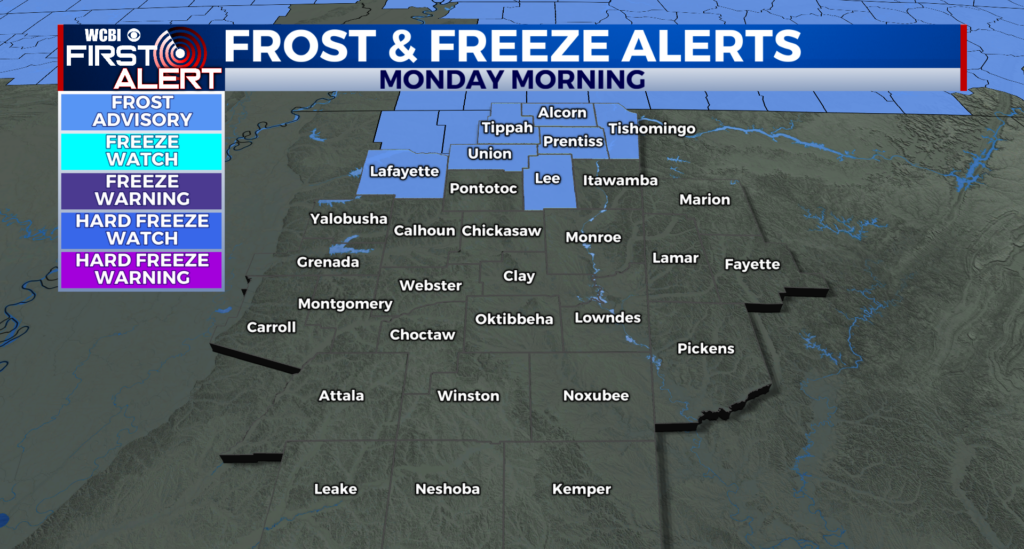Suspensions Revive National Debate Over Zero Tolerance
MICHAEL RUBINKAM
The Associated Press
Waiting in line for the bus, a Pennsylvania kindergartener tells her pals she’s going to shoot them with a Hello Kitty toy that makes soap bubbles. In Maryland, two 6-year-old boys pretend their fingers are guns during a playground game of cops and robbers. In Massachusetts, a 5-year-old boy attending an after-school program makes a gun out of Legos and points it at other students while “simulating the sound of gunfire,” as one school official put it.
Kids with active imaginations? Or potential threats to school safety?
Some school officials are taking the latter view, suspending or threatening to suspend small children over behavior their parents consider perfectly normal and age-appropriate – even now, with schools in a state of heightened sensitivity following the mass shooting at Sandy Hook Elementary in December.
The extent to which the Newtown, Conn., shooting might influence educators’ disciplinary decisions is unclear. But parents contend administrators are projecting adult fears onto children who know little about the massacre of 20 first-graders and six educators, and who certainly pose no threat to anyone.
“It’s horrible what they’re doing to these kids,” said Kelly Guarna, whose 5-year-old daughter, Madison, was suspended by Mount Carmel Area School District in eastern Pennsylvania last month for making a “terroristic threat” with the bubble gun. “They’re treating them as mini-adults, making them grow up too fast, and robbing them of their imaginations.”
Mary Czajkowski, superintendent of Barnstable Public Schools in Hyannis, Mass., acknowledged that Sandy Hook has teachers and parents on edge. But she defended Hyannis West Elementary School’s warning to a 5-year-old boy who chased his classmates with a gun he’d made from plastic building blocks, saying the student didn’t listen to the teacher when she told him repeatedly to stop.
The school told his mother if it happened again, he’d face a two-week suspension.
“Given the heightened awareness and sensitivity, we must do all that we can to ensure that all students and adults both remain safe and feel safe in schools,” Czajkowski said in a statement. “To dismiss or overlook an incident that results in any member of our school community feeling unsafe or threatened would be irresponsible and negligent.”
The boy’s mother, Sheila Cruz-Cardosa, said school officials are responding irrationally in the wake of Sandy Hook. She said they should be concentrating on “high school kids or kids who are more of a threat, not an innocent 5-year-old who’s playing with Legos.”
Though Newtown introduces a wrinkle to the debate, the slew of recent high-profile suspensions over perceived threats or weapons infractions has renewed old questions about the wisdom of “zero tolerance” policies.
Conceived as a way to improve school security and maintain consistent discipline and order, zero tolerance was enshrined by a 1994 federal law that required states to mandate a minimum one-year expulsion of any student caught with a firearm on school property. Over the years, many states and school districts expanded zero tolerance to include offenses as varied as fighting, skipping school or arguing with a teacher.
Some experts say there’s little evidence that zero tolerance – in which certain infractions compel automatic discipline, usually suspension or expulsion – makes schools safer, and contend the policies leads to increased rates of dropouts and involvement with the juvenile justice system. Supporters respond that zero tolerance is a useful and necessary tool for removing disruptive kids from the classroom, and say any problems stem from its misapplication.
The original 1994 federal law, and most state and local zero tolerance policies, give school administrators the flexibility to tailor punishments to fit the circumstances, noted school safety expert Kenneth Trump.
“Contrary to the myth of zero tolerance, most school board policies provide options and flexibility for administrators. What you see is poor decision-making and poor implementation of the policies, rather than the fact school administrators are handcuffed in terms of their discretion,” he said.
Trump said most school officials bend over backwards to be fair. But he added there’s no question that Sandy Hook weighs heavily.
“It’s a normal occurrence to have a heightened sensitivity after a high-profile tragedy, but that does not negate the need for common sense,” he said.
Maryland father Stephen Grafton said common sense was in short supply in a case involving his 6-year-old son, who he said was suspended from White Marsh Elementary School in Trappe, along with a second 6-year-old, for using their hands as “guns” during recess.
Grafton, a staff sergeant in the Army’s 82nd Airborne Division, said administrators were criminalizing play. He said he told his son he shouldn’t shoot pretend guns because it makes some children upset, “but it was a difficult conversation to have because he didn’t do anything wrong.”
The school lifted the suspension after a day and removed it from his record, Grafton said.
“It’s a very hypersensitive time,” he said. “But, still, common sense has to apply for something like this, and it looks like common sense just went completely out the window.”
The school principal did not respond to messages.
Zero tolerance traces its philosophical roots to the “broken windows” theory of policing, which argues that if petty crime is held in check, more serious crime and disorder are prevented. So it’s no accident that students are often harshly punished over relatively minor misbehavior, said Russell Skiba, a zero tolerance expert at Indiana University’s Center for Evaluation and Education Policy.
“We’ve seen literally thousands of these kinds of episodes of zero tolerance since the early 1990s,” said Skiba, who co-authored a 2006 study for the American Psychological Association that concluded zero tolerance has not improved school security.
In the Pennsylvania case, Guarna, a former police officer, said she was summoned to her daughter’s school last month and told that 5-year-old Madison had talked about shooting her pink bubble gun.
The kindergartener was initially suspended for 10 days and ordered to undergo a psychological evaluation, according to documents supplied by Guarna’s attorney. The suspension was later reduced to two days, and the incident was reclassified as “threat to harm others.”
But Guarna wasn’t satisfied. The counselor who evaluated Madison indicated she was a “typical 5-year-old in temperament and interest.” Guarna and her attorney, Robin Ficker, demanded the district expunge Madison’s record, apologize and make policy changes.
The parties met recently and Guarna went away happy, though she said she was asked not to reveal the terms of her agreement with the district. The district’s attorney declined to comment, citing privacy law.
Guarna said she intends to push for changes in state law.
“My daughter had to suffer. I don’t want to see other kids suffering,” Guarna said.
Mark Terry, a Texas principal and president of the National Association of Elementary School Principals, said most principals he knows are “not big supporters” of zero tolerance policies because they discount professional judgment.
But when discipline policies do provide leeway, he said, “I would hope that principals would, number one, use discretion and common sense. And if you do make a mistake, apologize and say, ‘Hey, that was a boneheaded move.’ Our sensitivities are just too high and we need to back off a little bit and take a look at what our real safety plan is.”





Leave a Reply